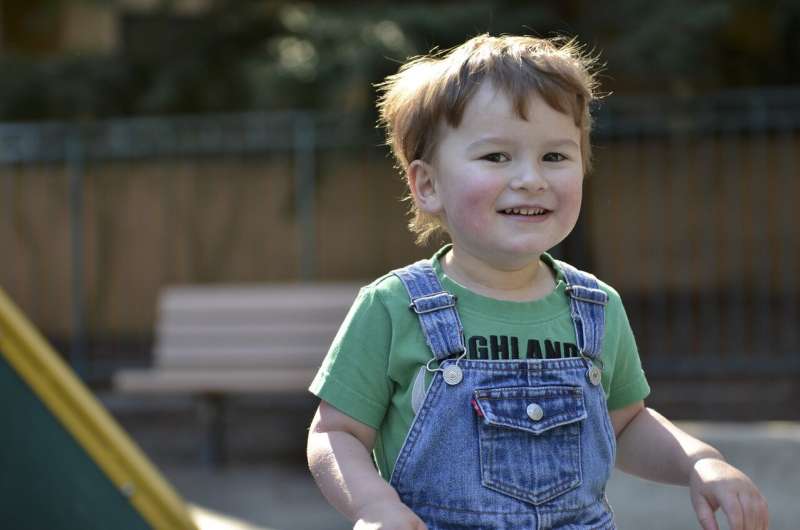This article has been reviewed according to Science X's editorial process and policies. Editors have highlighted the following attributes while ensuring the content's credibility:
fact-checked
peer-reviewed publication
trusted source
proofread
Three-quarters of autistic children also have other types of neurodivergence, finds study

Three quarters of children (76.2%) who were diagnosed with autism also had traits of other neurodivergent neurotypes—including traits associated with Attention Deficit Hyperactivity Disorder (ADHD), learning and motor differences—according to a new study.
The research—led by the University of Glasgow and published in PLOS One—found that more than half (55.6%) of children referred for autism assessment may also meet the diagnostic threshold for ADHD, and certainly have at least some significant ADHD traits.
The study only looked at a small selection of possible neurotypes, suggesting the actual number of children with autism and other neurotypes may be higher.
This study is believed to be the first time the level of overlap of different neurodivergences in children has been studied in Scotland, where services aim to move away from single neurotype assessments to a more holistic assessment model, where all possible overlapping neurotypes are explored and identified.
The research showed there was a positive association between the number of neurodivergence detected and an earlier age of referral and also suggested that neurodivergent females were less likely than males to be identified before the age of five. However, despite clinical overlap and co-occurrence of neurodivergence in children, just 26% of those in the study with other traits were investigated for an additional underlying diagnosis.
For the study, the researchers evaluated anonymized medical records of children aged between two and 17 years old who were referred for an autism assessment, using validated questionnaires to assess for neurodivergent traits. The research suggests that validated questionnaires may help clinicians identify co-occurring neurodivergence at the first assessment, allowing for earlier support and the development of whole-system insight into a child's neurotype.
Dr. Jason Lang, Clinical Senior Lecturer in Neurodevelopment and Honorary Consultant in Child and Adolescent Psychiatry, said, "This study is extremely important, as it shows how vital it is to have a holistic approach to assessing children, to identify possible overlapping neurotypes properly. As well as a better understanding of the neurodivergent population as a whole, identifying a child's precise 'make and model' will help provide better and more bespoke support for these children when needed."
"However, it can be challenging for professionals to work across various neurotypes. As such, more work must be done to ensure services are truly holistic for overlapping traits to be properly identified. Our work suggests that one way to help is for services to use holistic questionnaires to gather this information."
"And while this work is based in children's services, we would also recommend that similar studies be carried out in adult populations, where current approaches remain, to a large extent, siloed in approach."
More information: Jason Lang et al, Towards system redesign: An exploratory analysis of neurodivergent traits in a childhood population referred for autism assessment, PLOS ONE (2024). DOI: 10.1371/journal.pone.0296077


















